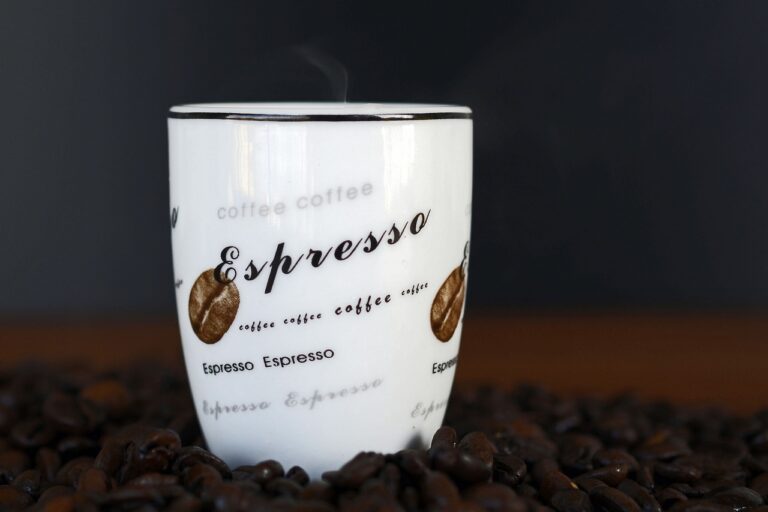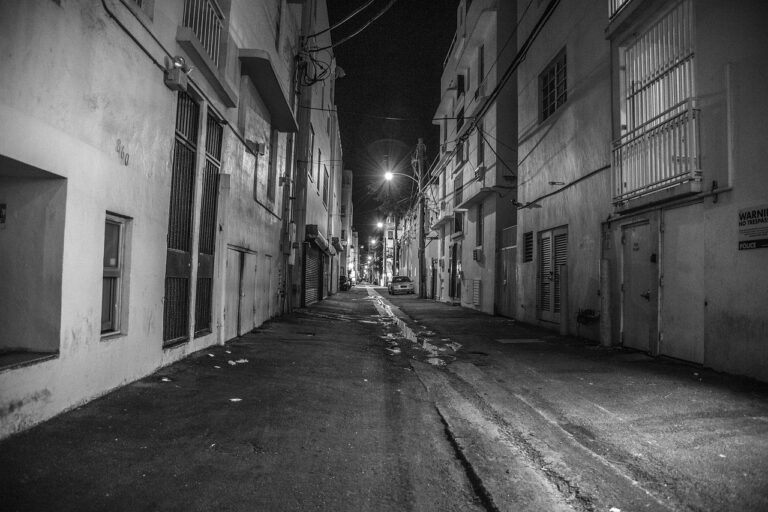The Impact of Fashion Week Live Streaming on Audience Engagement
Fashion Week coverage has undergone a significant transformation in recent years. What was once exclusive to industry insiders and fashion elite has now become accessible to a global audience, thanks to digital innovations. Social media platforms like Instagram and Twitter have played a crucial role in democratizing Fashion Week, enabling fashion enthusiasts from around the world to partake in the excitement and glamour of the events in real-time. The rise of influencer culture has also contributed to the evolution of Fashion Week coverage, with influencers providing their unique perspective and access to a wider audience than traditional media outlets.
The traditional format of fashion shows and runway presentations has also evolved to accommodate the changing landscape of the industry. Designers are increasingly embracing alternative formats such as live streams, virtual reality experiences, and see-now-buy-now collections to engage with consumers directly and create a more immersive and interactive Fashion Week experience. This shift towards digital platforms and consumer-centric approaches has not only reshaped the way Fashion Week is covered but has also blurred the lines between the runway and the retail space, making fashion more immediate and accessible to a diverse global audience.
Increasing Accessibility to Fashion Events
Fashion events have traditionally been exclusive affairs, with limited access for the general public. However, in recent years, there has been a noticeable shift towards increasing accessibility to these events. This change has been driven by the industry’s recognition of the power of inclusivity and the desire to reach a broader audience beyond just the elite fashion circles.
One way in which accessibility to fashion events has been improved is through the use of technology. Social media platforms have played a significant role in democratizing the fashion world by live-streaming shows and providing behind-the-scenes access to audiences around the globe. This allows fashion enthusiasts who may not be able to attend the events in person to still experience the excitement and creativity of the runway.
What are some ways in which fashion week coverage has evolved over the years?
Fashion week coverage has evolved from traditional print media to live streaming events online, as well as through social media platforms like Instagram and Facebook.
How can fashion events be made more accessible to a wider audience?
Fashion events can be made more accessible by live streaming shows online, providing virtual reality experiences, offering more inclusive sizing options, and hosting events in diverse locations.
What are some benefits of increasing accessibility to fashion events?
By increasing accessibility to fashion events, more people can enjoy and engage with the world of fashion, leading to a more diverse and inclusive industry. It also allows designers to reach a larger audience and potential customers.
How can technology play a role in making fashion events more accessible?
Technology can play a role in making fashion events more accessible by live streaming shows, offering virtual reality experiences, creating interactive apps, and incorporating inclusive features like closed captioning and audio descriptions.
What steps can fashion event organizers take to ensure inclusivity and accessibility?
Fashion event organizers can ensure inclusivity and accessibility by providing diverse casting, offering seating for people with disabilities, providing language interpretation services, and creating content that is accessible for all audiences.







